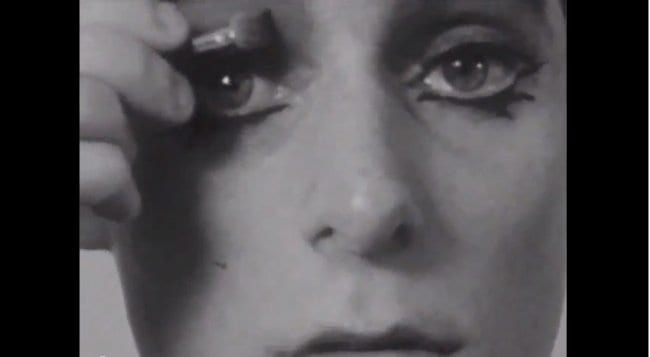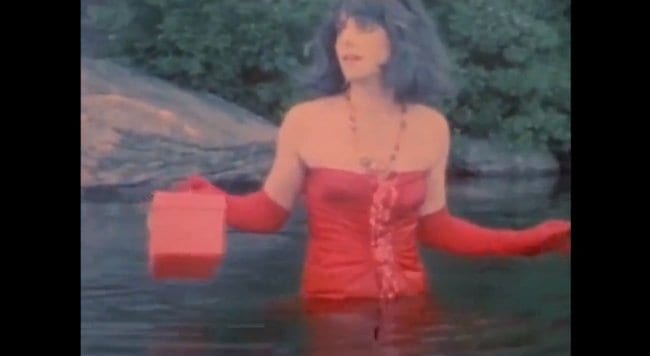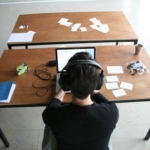
Wojnarowicz shot his films on Super 8, the cheap and easy format that was the YouTube of its era. Credit: Courtesy Electronic Arts Intermix
David Wojnarowicz can still stir up shit, even two decades after his death.
The seminal queer artist and activist’s film A Fire in My Belly (see below) caused an uproar in 2010 when it was featured in an exhibition at the Smithsonian’s National Portrait Gallery in Washington. Outraged by its supposed anti-Catholic messages, American political and religious leaders waged a campaign that led to its eventual removal. The art world launched a counterattack, with other artists threatening to pull their work, institutions cancelling funding and numerous public demonstrations. One sneaky artist managed to project the piece on the outside of the building.
“It really speaks to the power of his work, his vision and his acute sense of critique,” says Images Festival director Scott Miller Berry. “I’m sure if he were alive today he would have been incensed. He was never someone who would be dictated to by anyone or anything. He wasn’t afraid to be provocative and can still piss people off. We need more artists like that in the world today.
“That kind of censorship is so unnerving when it happens to an artist, whether they’re living or dead,” he adds. “It encapsulates everything that’s wrong with the US right now. It was a sad day for art and supposed civil society.”
Though it’s an equally powerful work, the Toronto screening of Wojnarowicz’s Beautiful People is unlikely to raise such ire. Shot in 1987, the 30-minute silent work follows performer Jesse Hultberg as he dons drag in a New York apartment, then steps out into the world for a journey into the unknown. Shot the year before Wojnarowicz was diagnosed with AIDS, the film reads as a metaphor around illness, mortality and loss.
Deciding how to screen the work presented a series of challenges. Like most of his films, it was never officially finished and has been screened only a handful of times.
“He’d remake and recut his films over and over,” Miller Berry says. “When you’re working with a film like this and the maker isn’t alive, it leaves a lot of questions around how to present the work in a way that honours the intention.”
Like all Wojnarowicz’s films, the piece is shot on Super 8. The cheap and easy format was the YouTube of its era, giving anyone with a few bucks and some spare time the chance to make their own movies. The advent of low-cost video cameras (as well as web-based video screening) pushed the format to the brink of extinction. But a resurgence in recent years has seen a movement toward community processing labs and people making their own film stock.
“I think of Super 8 as a queer format,” Miller Berry says. “It’s not a pristine HD image. It’s rough around the edges, soft focus. It’s the low-budget underdog of film. It’s also very beautiful and very accessible. Queers are very resourceful. We can just make shit happen. For me, Super 8 is tailor-made for that community. Its scarcity is both its drawback and its strength.”
The Images Festival presents
Beautiful People
David Wojnarowicz
Co-presentation with AIDS Action Now and Inside Out
Wed, April 17, 9pm
Jackman Hall
317 Dundas St W
$10


 Why you can trust Xtra
Why you can trust Xtra


